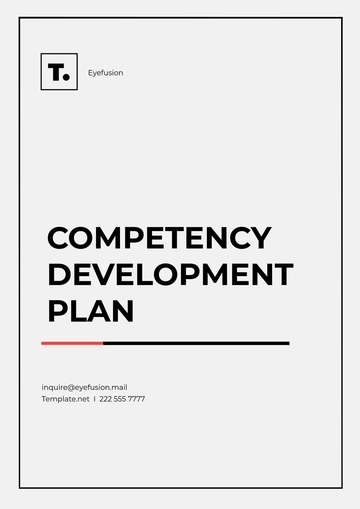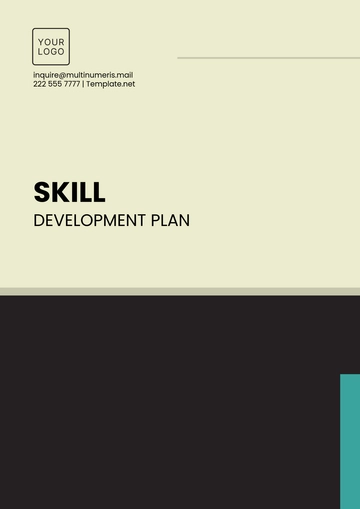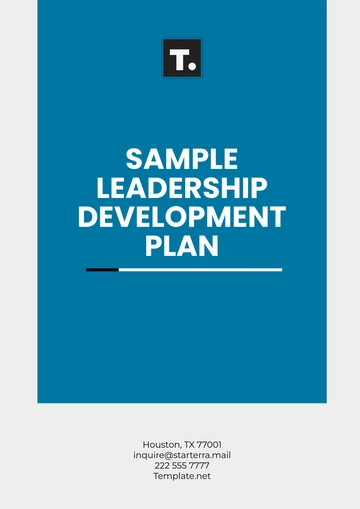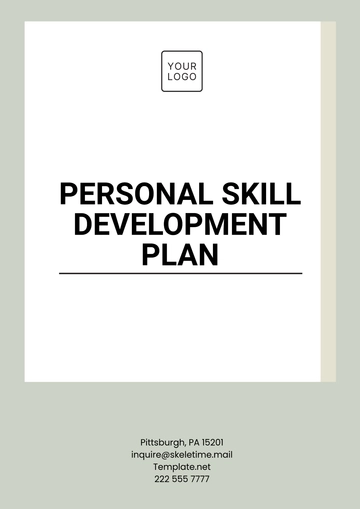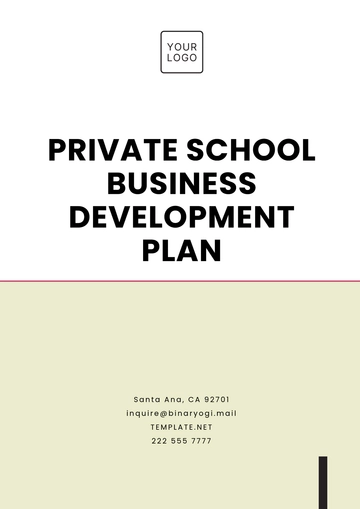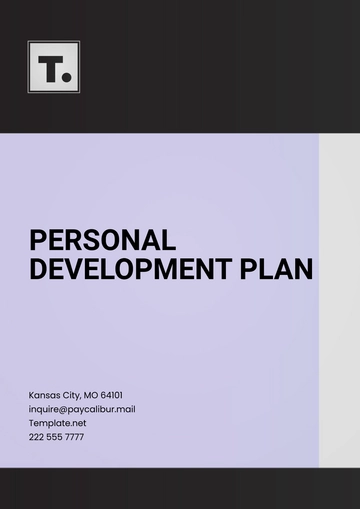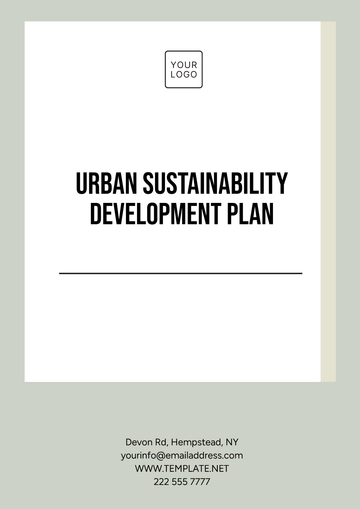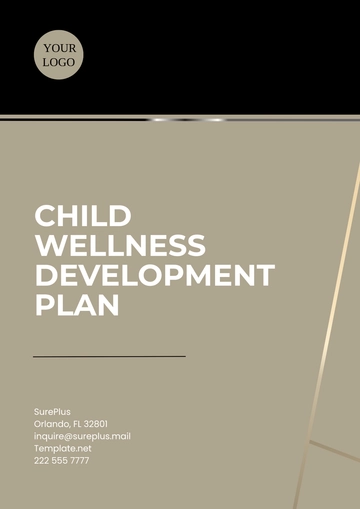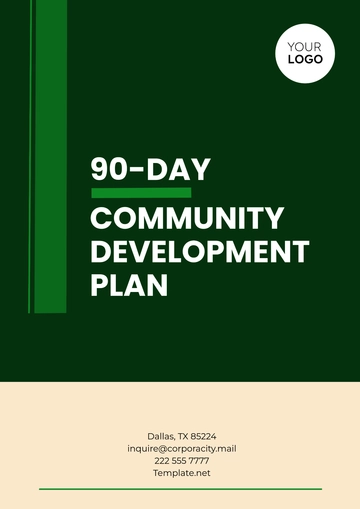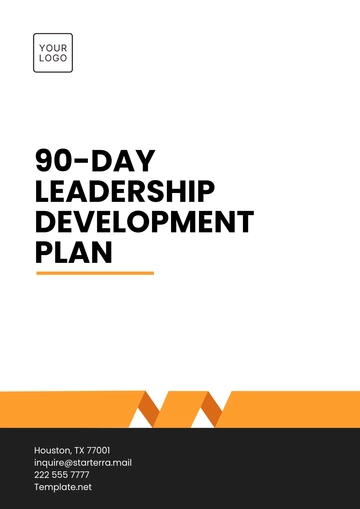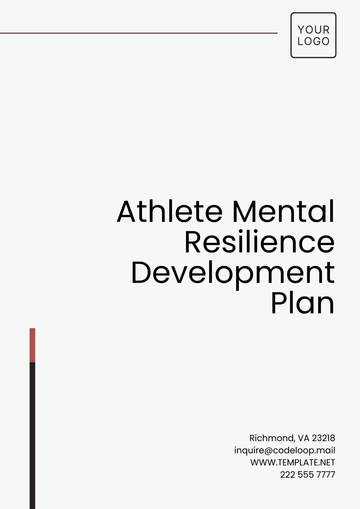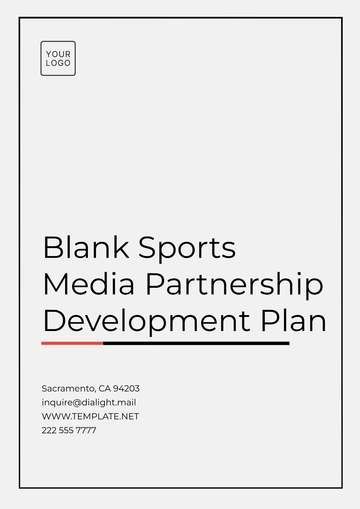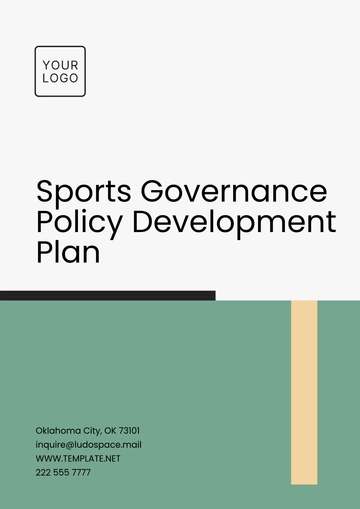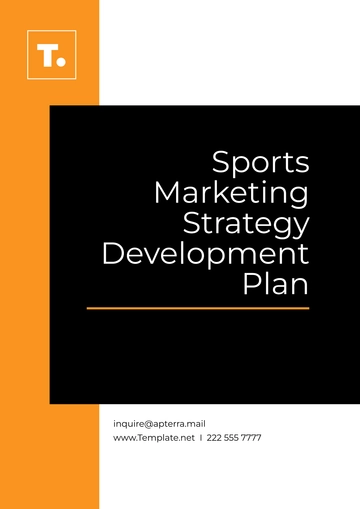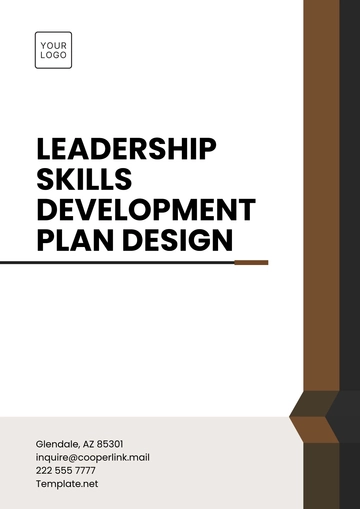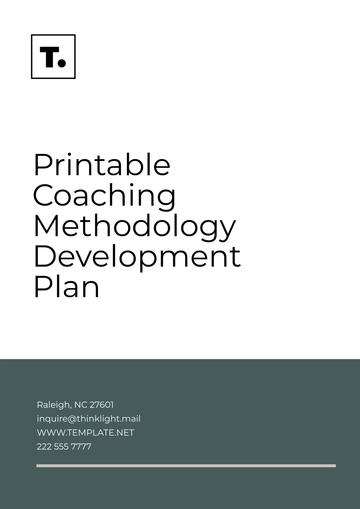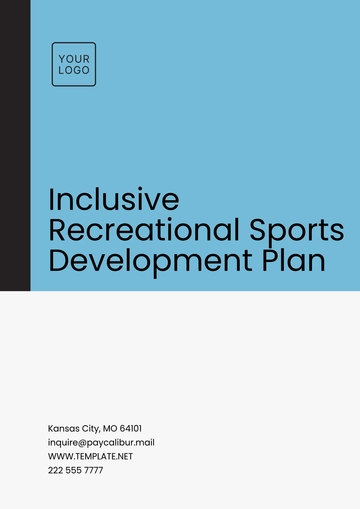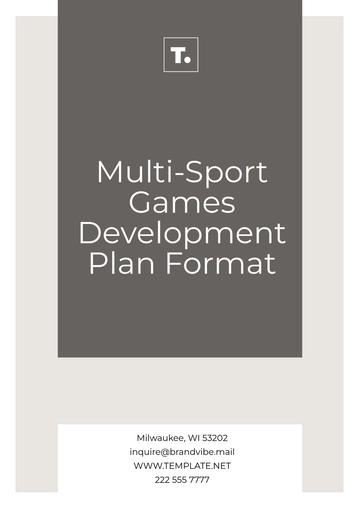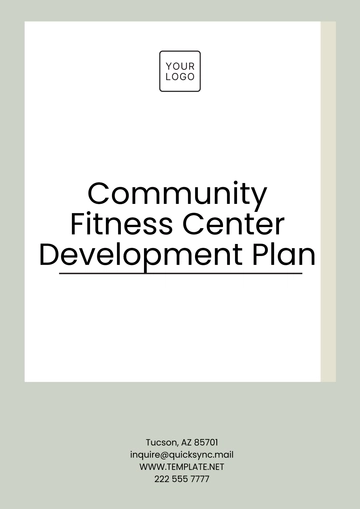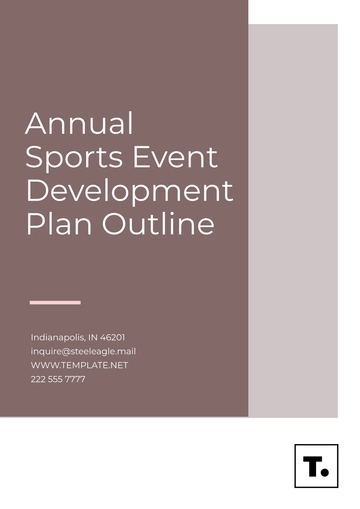Free Personal Leadership Development Plan
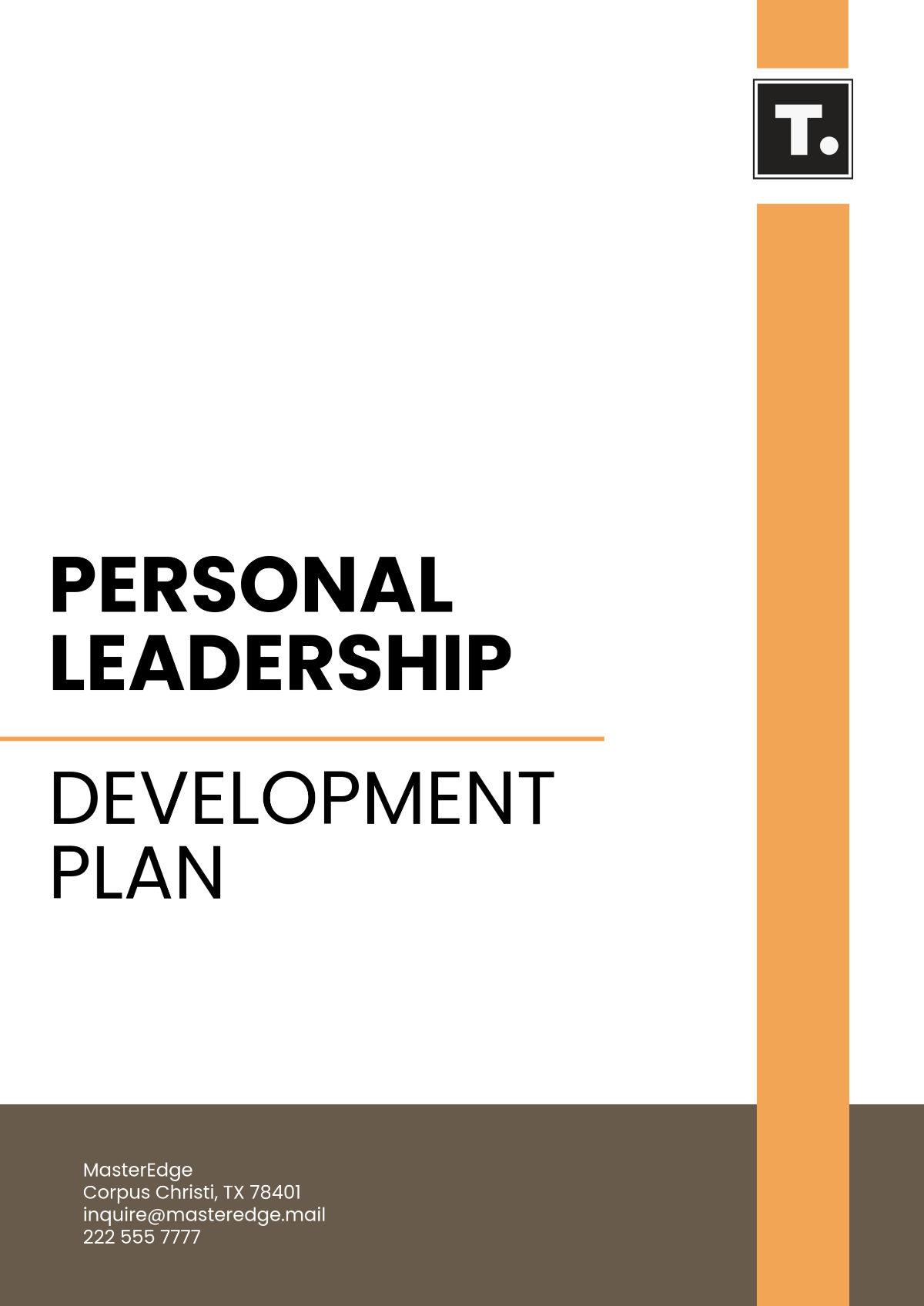
Written by: [Your Name]
I. Introduction
The Personal Leadership Development Plan, commonly referred to by its acronym PLDP, is a comprehensive document that details a range of strategies specifically designed to enhance leadership skills. The ultimate aim of this plan is to assist individuals in achieving their professional goals within the framework of [Your Company Name].
II. Self-Assessment and Reflection
A. Current Leadership Skills
Assess current strengths: [Your Name] has demonstrated proficiency in strategic thinking, effective communication, and team collaboration, as evidenced by successful project implementations and positive feedback from team members.
Identify areas for improvement: Feedback from colleagues and self-reflection reveal opportunities to enhance delegation skills and emotional intelligence.
B. Leadership Style
Preferred leadership style: [Your Name] identifies with a transformational leadership style, focusing on inspiring and motivating team members to achieve common goals. Colleagues commend [Your Name] for fostering a supportive work environment but suggest incorporating more participative decision-making to empower team members further.
III. Goal Setting
A. Short-term Goals (0-2 years)
Enhance delegation skills by delegating tasks to team members based on their strengths, completing a delegation workshop within the next year.
Improve active listening skills by attending a communication skills seminar within the next six months.
B. Medium-term Goals (2-5 years)
Lead a cross-functional project team to implement a new software system within the organization within the next three years, showcasing effective project management and team leadership.
Obtain certification in change management within the next four years to better navigate organizational transitions and lead teams through change effectively.
C. Long-term Goals (5+ years)
Attain a senior leadership position within the organization, such as a Director or Vice President role, within the next seven years, contributing to strategic decision-making and organizational growth.
Develop a mentoring program within the organization to nurture future leaders and cultivate a culture of continuous learning and development.
IV. Strategies and Actions
A. Professional Development
Enroll in a leadership development program offered by the company's Learning and Development department, focusing on delegation, emotional intelligence, and change management skills.
Participate in a mentorship program to learn from experienced leaders and gain insights into effective leadership practices, seeking guidance on delegation and team empowerment.
B. Mentorship and Coaching
Establish a mentorship relationship with the current Vice President of Operations to gain insights into strategic decision-making and organizational leadership, seeking advice on navigating complex organizational challenges.
Seek coaching sessions with a certified executive coach to work on specific leadership challenges, such as delegation and conflict resolution, and receive personalized feedback on leadership development.
C. Networking
Attend industry conferences and seminars related to leadership and management to expand professional connections and stay updated on best practices in leadership development.
Join professional networking groups and online forums to engage with peers and exchange experiences and insights on leadership development, seeking advice and support from a diverse network of professionals.
V. Monitoring and Evaluation
A. Progress Tracking
Conduct quarterly self-assessments to track progress towards achieving set goals, reflecting on accomplishments and areas for improvement.
Seek feedback from supervisors, peers, and direct reports to gauge effectiveness in implementing leadership development strategies, and adjusting goals and actions as needed.
B. Feedback Solicitation
Schedule regular feedback sessions with team members to gather insights on leadership effectiveness and areas for improvement, fostering an open and transparent feedback culture within the team.
Request feedback from mentors and coaches to ensure alignment with development objectives and identify blind spots, leveraging their expertise to accelerate leadership growth.
VI. Conclusion
The PLDP serves as a roadmap for continuous improvement in leadership skills, guiding [Your Name] on a journey of personal and professional growth. By implementing the outlined strategies and actions, [Your Name] aims to become a more effective leader, driving positive change within [Your Company Name] and contributing to its long-term success.
VII. Appendices
A. Supporting Documents
Certificates of completion from leadership development programs and workshops attended, including:
"Effective Delegation Workshop" by [Training Institute], [Date]
"Communication Skills Seminar" by [Professional Development Agency], [Date]
Records of feedback received from colleagues and mentors, documenting progress and areas for improvement in leadership development.
B. References
Books: "The 7 Habits of Highly Effective People" by Stephen R. Covey, "Leaders Eat Last" by Simon Sinek
Online Resources: Harvard Business Review articles on leadership development, TED Talks on effective leadership practices.
- 100% Customizable, free editor
- Access 1 Million+ Templates, photo’s & graphics
- Download or share as a template
- Click and replace photos, graphics, text, backgrounds
- Resize, crop, AI write & more
- Access advanced editor
Elevate your leadership skills with the Personal Leadership Development Plan Template from Template.net. This customizable, downloadable, and printable template provides a comprehensive framework for planning your leadership growth. With editable features in our AI Editor Tool, tailor the plan to your specific needs. Streamline your development strategy and ensure success with this invaluable resource.
